Gives you the building blocks you need towards fluency
When it comes to learning a language, the single best way is to fly to a country that speaks that language and immerse yourself completely in that culture and way of life. Unfortunately, that’s just not possible for the vast majority of people in the world.
The next-best option is to use a tool like Duolingo, Memrise, or Busuu. Sure, language classes are great, but if you’re already busy, then fitting a structured class into your day is going to be difficult.
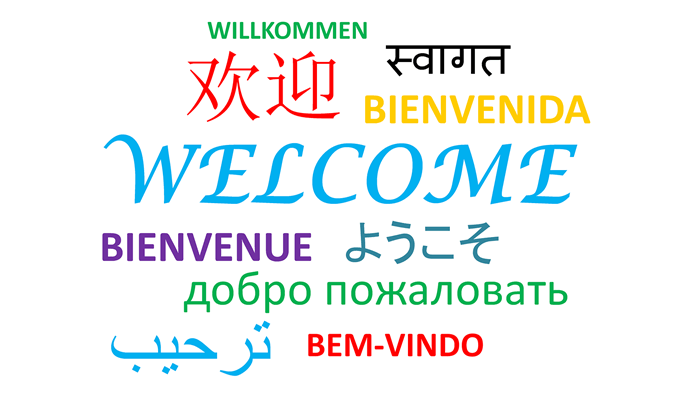
These online tools give you the ability to learn a language from the comfort of your living room. If you can squeeze out five or ten minutes a day to study, you can get the basics of a language down well enough to have a conversation with a native speaker. It gives you the building blocks you need to reach advanced levels of fluency.
This article will take a look at some of the most popular and well-known tools, compare their strengths and weaknesses, and help you decide which one is right for you.
1. Memrise (Website)
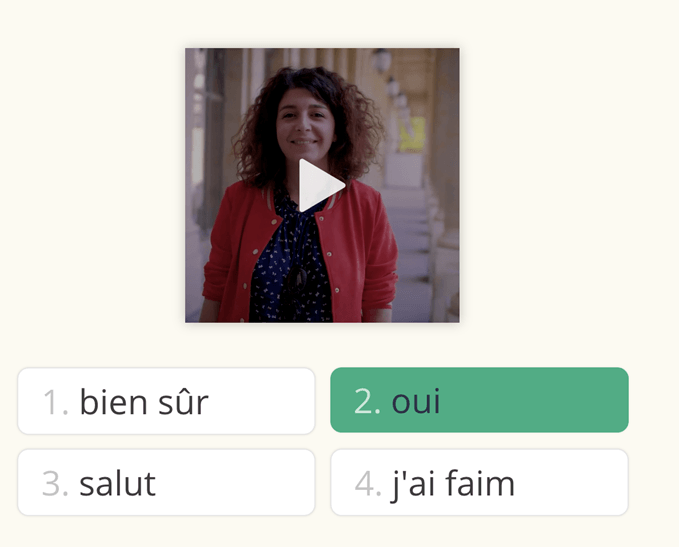
Memrise is one of the most well-known and popular ways to learn a language, and is basically a flashcard app. It sometimes plays a short clip of someone speaking and asks the user to select what the speaker said, while other times it will ask the user to type in a phrase. At the end of a session, the user is given a score breakdown based on their accuracy, speed, and other factors.
Memrise turns the process of learning a language into a game with point goals and an estimate of how long it will take someone to reach a certain number of points per day. There are also leaderboards to show users where they rank in relation to others.
There are quite a few traditional languages to choose from, but one of the most interesting features of Memrise is the list of “Constructed Languages” that include Klingon, Morse Code, and Na’Vi.
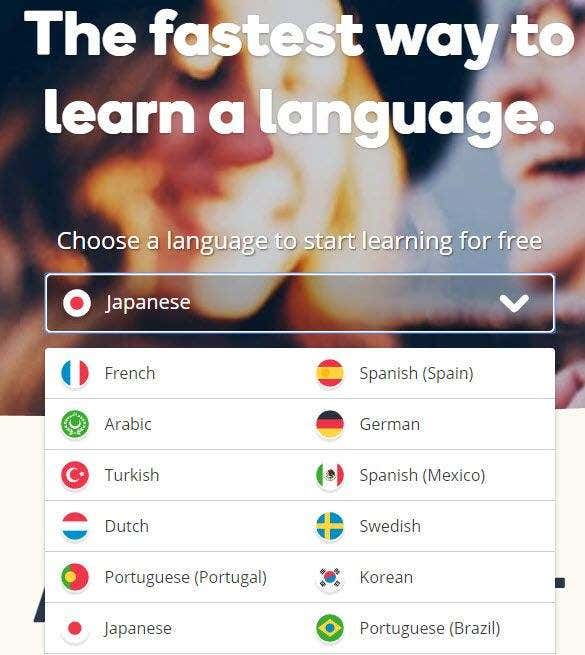
Memrise is a great option for beginners, but the courses do not get more in-depth or advanced than the flashcards. This makes it easy to learn vocabulary and the sound bites provide a wide variety of speakers to help identify those words said in different ways. But conversational education is minimal.
Memrise offers a Pro version for $9 per month, but it only offers statistics and an additional learning tool for more difficult words. Memrise is best used to learn the basics of a language and then move on to a more advanced, more comprehensive method for learning conversational skills.
One final note about Memrise is that it offers flashcards on other subjects, too. If someone needs to study political geography, AP English terminology, or other subjects for an upcoming test, Memrise can be a useful supplementary tool to other study methods.
2. Duolingo (Website)
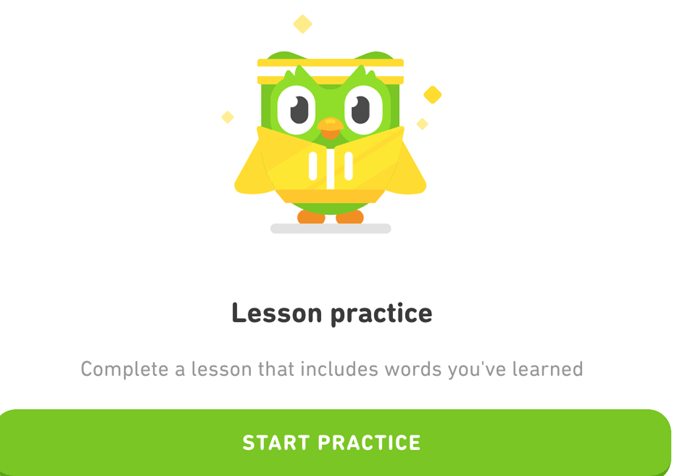
Duolingo is one of the most popular mobile apps for learning a language, partially due to the joke about the passive-aggressive nature of the mascot. Those jokes are only partially untrue; go too long without opening the app and its reminder messages will try to make you feel bad.
As for learning a language, Duolingo is a great place to start. The mobile app makes it possible to cram in a study session whenever you have downtime. The sessions can be paused midway through so you can answer a few questions or type in a phrase while waiting in line to get your lunch or on the elevator.
Duolingo gamifies the process much like Memrise does, offering virtual rewards and coins that can be used to unlock “fun” language modules, such as how to flirt, for example.
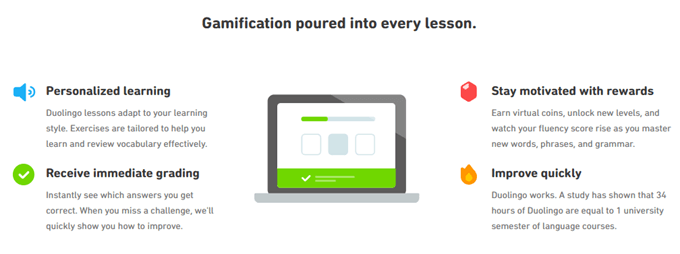
The premium version of Duolingo removes ads, but doesn’t really offer any useful additions beyond that. It provides a single monthly “streak repair” if you forget to practice for one day, but the only reason to sign up is to support Duolingo as a service.
Duolingo currently offers 34 languages, including several Asian languages that Memrise does not offer. It’s a great way to get started, but again, not conducive for deep fluency on its own. However, it’s a great way to get introduced to a language and gain a grasp of the basics.
3. Busuu (Website)
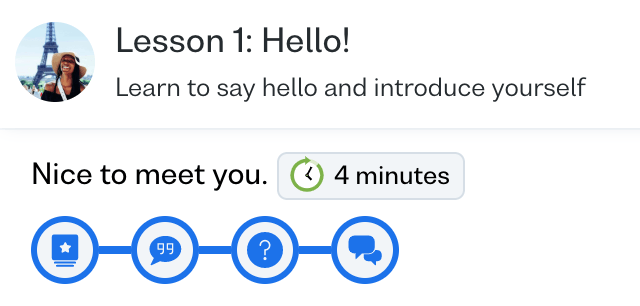
From the start, Busuu sets itself apart from both Duolingo and Memrise in how the courses are structured and the resources it offers. There are only twelve languages to choose from, but this is due to the depth of each course. To use Busuu, you’ll have to sign up, but this is as simple as entering your name, email, and making a password. Then you have to choose between the Free and Premium versions.
The strength of Busuu lies in its premium offering. While the free course gives you access to flashcards, the premium version offers conversations with native speakers, a travel course, mobile app quizzes, grammar exercises, the ability to earn official certificates, and much more.
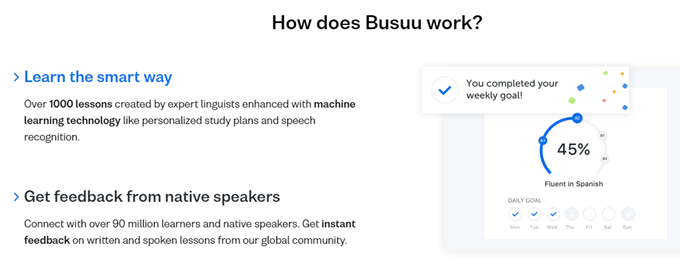
The premium version is $9.99 per month unless you sign up for longer periods upfront, which reduces the monthly cost. The good news is that you can try Busuu premium for a week and see if you like it first.
Native speakers can correct your work and provide you with important context clues for vocabulary. If you want to become fluent in a language, Busuu is the way to go.
Other Options
These three are some of the most popular language-learning tools on the web, but they are far from the only options. Rosetta Stone, Babbel, Lingvist, and dozens of others are all viable options. The main key to learning a foreign language is practice. You can’t expect to become fluent by studying flashcards. While it will give you the groundwork to build from, you will have to invest time and effort to sound like a native.
Remember that everyone learns differently. If none of these three recommendations work for you, try out some of the other tools. You may find that constantly hearing a language helps you grasp it faster than seeing it written out, or vice versa.
Few things in life are as rewarding as bridging a language barrier. Take some time and find out if you enjoy speaking another language as much as your native one.




